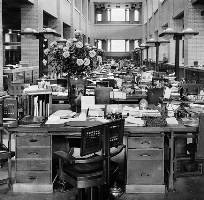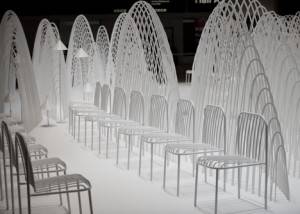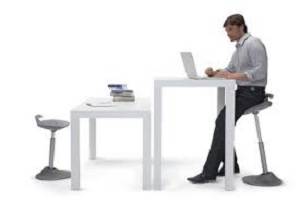March 3, 2013
Dull workplaces can hamper creativity, claims new report
 A new report from London based fit-out company Overbury claims that dull and demotivating workplaces are holding back creativity in UK organisations. The study of 2,000 employees from across the UK, found that although staff consider idea generation crucial to their employer’s performance, many feel unable to work creatively together in their offices. Between half and two thirds of employees (59%) state that the development of new ideas is vital to their organisation. However, many respondents also stated that their working environment is thwarting creativity,with the majority (52%) of UK offices lacking common or social areas.
A new report from London based fit-out company Overbury claims that dull and demotivating workplaces are holding back creativity in UK organisations. The study of 2,000 employees from across the UK, found that although staff consider idea generation crucial to their employer’s performance, many feel unable to work creatively together in their offices. Between half and two thirds of employees (59%) state that the development of new ideas is vital to their organisation. However, many respondents also stated that their working environment is thwarting creativity,with the majority (52%) of UK offices lacking common or social areas.






















February 18, 2013
Tipping point reached in battle between tablets and PCs
by Mark Eltringham • Comment, Facilities management, Furniture, Legal news, Technology, Workplace design